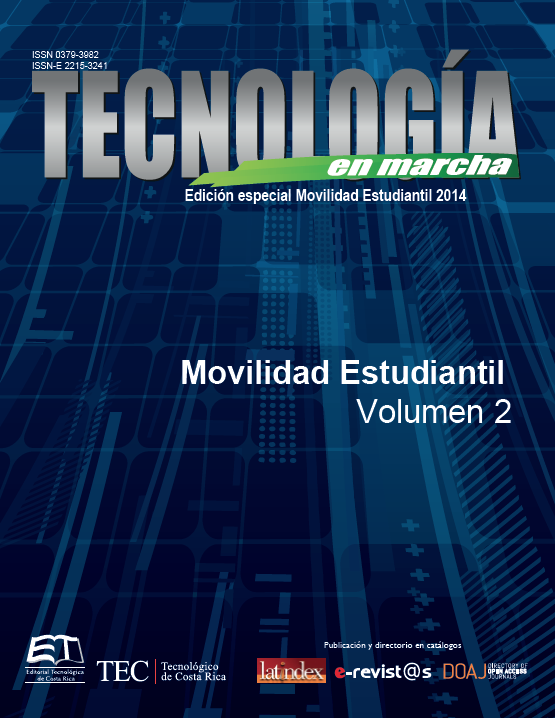Tropomyosin and NEDD9 adapter roll to cell invasion by L. monocytogenes
Main Article Content
Abstract
Listeria monocytogenes is an animal and human pathogen that it is able to invade the intracellular space due to the interaction between bacterial surface proteins and host cell receptors, activating signaling cascades that promote pathogen internalization. Gene expression silencing in mammalian cells by transfection of small interfering RNAs (siRNA) has recently allowed the implication of novel molecular effectors to the internalization process of different intracellular pathogens in eukaryotic cells. The present work takes advantage of this technique to determine to potential contribution of tropomyosin (TPM) and the adaptor protein NEDD9 to cell invasion by L. monocytogenes, as well as Salmonella typhimurium and an Escherichia coli strain that expresses the invasin from Yersinia pseudotuberculosis. Using gentamicin invasion assays, it is shown that only TPM expression silencing reduces significantly the entry in HeLa cells of the three investigated bacterial pathogens. Fluorescence microscopy demonstrates that TPM and NEDD9 silencing affects differently HeLa cell morphology and the distribution of actin filaments. These results suggest that TPM may modulate the entry of bacterial pathogens by modifying the reorganization properties of the plasma membrane which are dependent on the actin cytoskeleton, and that these properties differ from those affected by NEDD9.
Article Details
Los autores conservan los derechos de autor y ceden a la revista el derecho de la primera publicación y pueda editarlo, reproducirlo, distribuirlo, exhibirlo y comunicarlo en el país y en el extranjero mediante medios impresos y electrónicos. Asimismo, asumen el compromiso sobre cualquier litigio o reclamación relacionada con derechos de propiedad intelectual, exonerando de responsabilidad a la Editorial Tecnológica de Costa Rica. Además, se establece que los autores pueden realizar otros acuerdos contractuales independientes y adicionales para la distribución no exclusiva de la versión del artículo publicado en esta revista (p. ej., incluirlo en un repositorio institucional o publicarlo en un libro) siempre que indiquen claramente que el trabajo se publicó por primera vez en esta revista.

